The World Health Organization has published its top 10 threats to global health in 2019, and some interesting additions are in the list.
Each year, the WHO releases a list of the top health threats facing the global population; the list helps inform policies and action plans. The 2019 list includes things like infectious disease epidemics and drug-resistant superbugs as well as potentially preventable health problems, such as heart and lung disease.
One would expect to see outbreaks of vaccine-preventable diseases on the list, such as measles or diphtheria (which made the list in 2018), among this year's top threats. However, for 2019 the WHO actually included the mechanism driving many of these outbreaks: the refusal to vaccinate. Yes, anti-vaxxers are now a top global health threat, joining the ranks of the Ebola virus, HIV, and humanitarian crises.
The WHO will address these threats with a new five-year plan, starting in 2019, which aims to ensure access to universal health coverage, protection from health emergencies, and improved health and well-being for billions of people.
Here is the full list of global health threats from the WHO (in no particular order).
1. Reluctance or refusal to vaccinate (aka the anti-vaxxer movement)

"Vaccine hesitancy," as the WHO calls it, is the reluctance or refusal to vaccinate despite vaccines being available (even free, in many countries). There are a number of reasons why people are opposed to vaccination, but the WHO noted complacency, lack of access, and poor confidence in vaccines as key factors. Whatever their reasons, anti-vaxxers are threatening to reverse decades of progress made since the widespread implementation of immunization programs.
Measles, for example, has seen a 30% increase globally, and resurgences in countries that were close to elimination. The reasons behind this increase are complex, WHO wrote, but vaccine hesitancy is a major factor. In 2018, measles cases hit a record high in Europe. Many people in France and Ukraine erroneously believe vaccinations are unsafe, BuzzFeed News previously reported.
"Vaccination is one of the most cost-effective ways of avoiding disease — it currently prevents 2–3 million deaths a year, and a further 1.5 million could be avoided if global coverage of vaccinations improved," the WHO wrote.
2. A global influenza pandemic
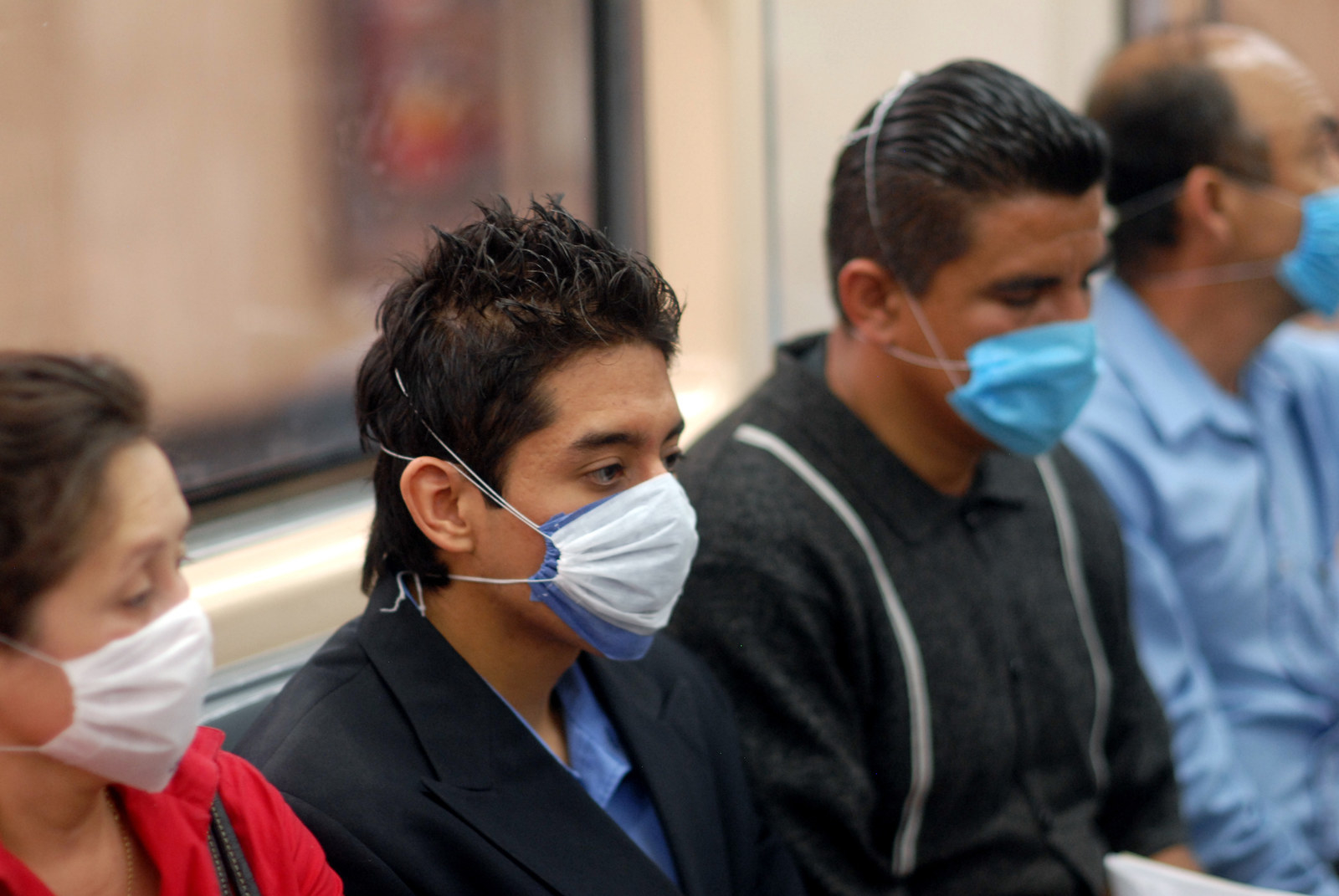
"The world will face another influenza pandemic – the only thing we don’t know is when it will hit and how severe it will be," the WHO wrote. The flu is a contagious respiratory illness caused by Influenza A and B viruses, which infect the nose, throat, and lungs. The flu can range from mild to severe, and lead to complications such as bacterial pneumonia or even death.
Influenza pandemics are caused by a strain of the virus to which the population has little or no preexisting immunity, according to the CDC. The worst flu pandemic in history occurred in 1918–1919 (the Spanish flu), which infected about 500 million people or one-third of the world's population, and killed an estimated 50 million. It was caused by an influenza A (H1N1) virus, for which there was no treatment or vaccine available at the time.
Today, we have antivirals to treat the flu and the seasonal flu vaccine to protect people from getting sick. The vaccine includes several strains, recommended by the WHO and other agencies, based on what is expected to circulate during flu season that year. Access to vaccines and antivirals, especially in developing countries, is crucial — especially in the event of a pandemic. "Global defenses are only as effective as the weakest link in any country's emergency response system," the WHO wrote.
3. Noncommunicable diseases
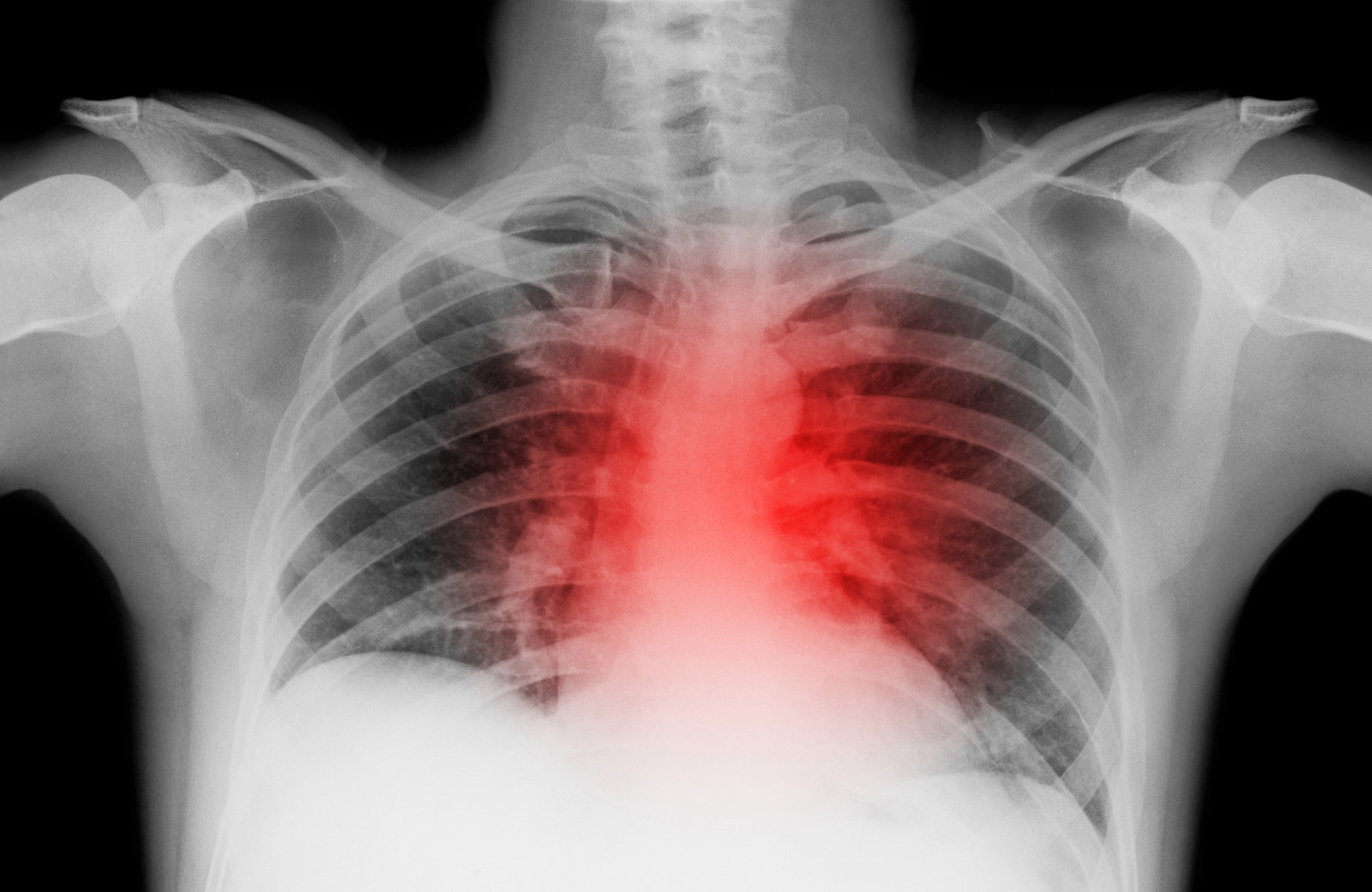
Noncommunicable diseases (NCDs) are chronic, nontransmittable diseases that can result from a combination of genetic, physiological, behavioral, and environmental factors, according to the WHO. There are four main types: cardiovascular diseases, which account for the majority of these deaths; cancers; respiratory diseases, such as chronic obstructive pulmonary disease and asthma; and diabetes. (Type 1 diabetes is an autoimmune condition and cannot be prevented with lifestyle changes. Type 2 diabetes, on the other hand, can be influenced by lifestyle factors, like diet and exercise).
Rates of these diseases continue to rise around the world, disproportionately affecting low- and middle-income countries. The major risk factors for NCDs include tobacco use, unhealthy diets, physical inactivity, the harmful use of alcohol, and air pollution, according to the WHO.
Reducing these risk factors can help prevent certain NCDs, which are responsible for over 70% of all deaths worldwide, or 41 million people. Of these, 15 million are people who die prematurely or between the ages of 30 and 69.
4. People in fragile and vulnerable settings due to crises

Another threat to global health in 2019 is the increasing number of people who live in places where prolonged crises and weak health services prevent them from getting the most basic care. Crises may be caused by things like conflict, poverty, famine, drought, or population displacement. These can lead to the breakdown of health systems, leaving people vulnerable to epidemics and emergencies and without access to primary health care.
More than 1.6 billion people, or 22% of the world's population, live in these fragile settings all over the world, the WHO wrote.
5. Drug-resistant bacteria, parasites, and viruses

Humans have enjoyed the benefit of antibiotics, antivirals, and antimalarials for decades, but we are now facing a growing problem as a result. Antimicrobial resistance refers to the ability of bacteria, parasites, viruses, and fungi to resist these drugs, making many standard treatments ineffective. Overuse of antimicrobials in people, animals (namely those used for food production), and the environment is driving drug resistance, the WHO wrote.
Resistance is a big problem, and it threatens the prevention and treatment of infections like pneumonia, tuberculosis, and gonorrhea, as well as the prevention of infection during surgery or immunosuppressive chemotherapy.
Tuberculosis, which sickens about 10 million people per year, is becoming increasingly resistant to drugs. In 2017, about 600,000 cases of tuberculosis were resistant to the most effective first-line treatment, rifampicin — and 82% of these people had multidrug-resistant tuberculosis.
6. Air pollution and climate change

Air pollution is considered by the WHO to be one of the greatest environmental threats to health. After all, nine out of ten people breathe air containing high levels of pollutants every day, the WHO wrote.
Microscopic pollutants in the air can get into the body and penetrate the respiratory and cardiovascular system, causing damage to the lungs, heart, and brain — leading to about 7 million premature deaths each year due to cancer, lung and heart disease, and stroke, the WHO wrote. The overwhelming majority of these deaths occur in low- and middle-income countries with high volumes of emissions from transportation, agriculture, and dirty cookstoves.
The main cause of air pollution, the burning of fossil fuels, is also a major contributor to climate change, which has numerous health consequences. Between 2030 and 2050, climate change is expected to cause 250,000 extra deaths each year due to things like heat stress, malaria, and malnutrition, the WHO wrote.
7. Ebola virus and other high-threat pathogens

You've probably heard about Ebola, the dangerous and deadly infectious disease that's made a terrifying comeback in recent years. In 2018, the Democratic Republic of Congo faced two outbreaks — one is ongoing and now the second-largest in history, with one affected province in an active conflict zone.
The largest outbreak of Ebola and first-ever epidemic was the 2014–2016 outbreak in West Africa, which killed over 11,000 people. The WHO is continuing to respond to the DRC outbreak, which presents new challenges, such as controlling the virus in an urban setting.
Ebola virus disease is caused by a virus that's transmitted to people through blood and bodily fluids from infected people or animals. It can cause a fever, body aches, diarrhea, and vomiting, and may lead to external and internal bleeding. The case fatality rate is around 50%, but it can be as high as 90%, according to the WHO. Supportive care can improve the chances of survival.
8. HIV
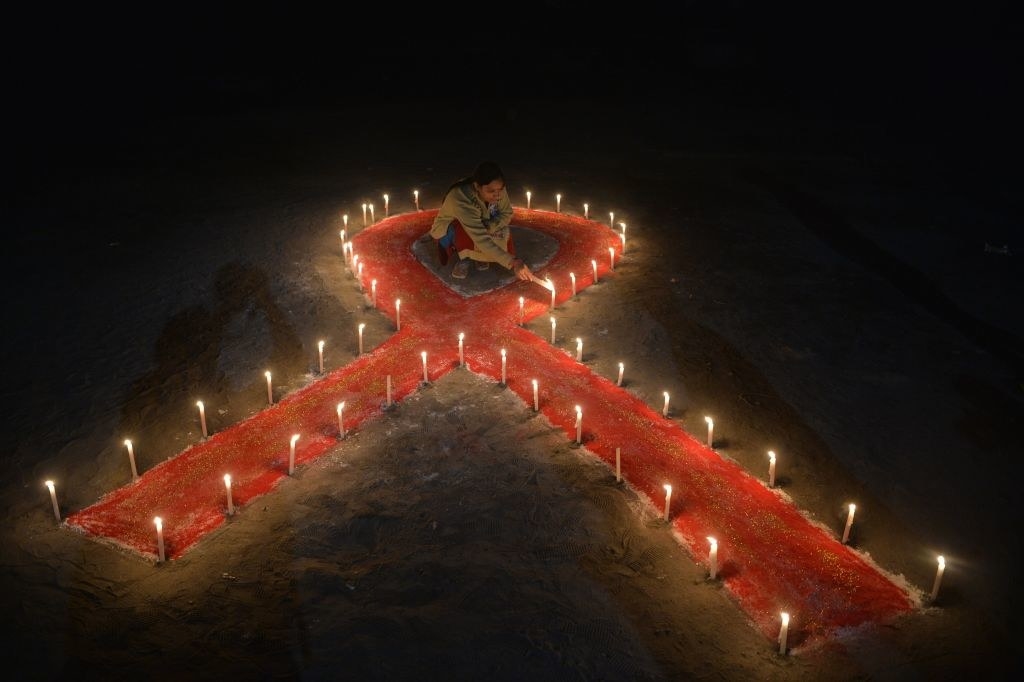
Since it was discovered in the 1980s, there has been enormous progress made against HIV thanks to improved access to testing, antiretroviral treatment, and pre-exposure prophylaxis. However, it remains a global epidemic. About 37 million people are living with HIV today and nearly 1 million people die every year from HIV or AIDS, which is the final stage of an HIV infection.
HIV attacks the immune system by destroying white blood cells, making it harder for the body to fight off infections and diseases. HIV is spread through certain bodily fluids, mainly through unprotected sex with an infected person but also through sharing needles and from a pregnant mother to her child.
According to the WHO, certain groups who are at risk for HIV may be excluded from health services in different parts of the world — these include sex workers, prisoners, transgender individuals, and men who have sex with men. HIV is also increasingly affecting young women between the ages 15–24, who account for 1 in 4 HIV infections in sub-Saharan Africa. The WHO is working with countries to introduce self-testing measures.
9. Ineffective or inadequate primary health care
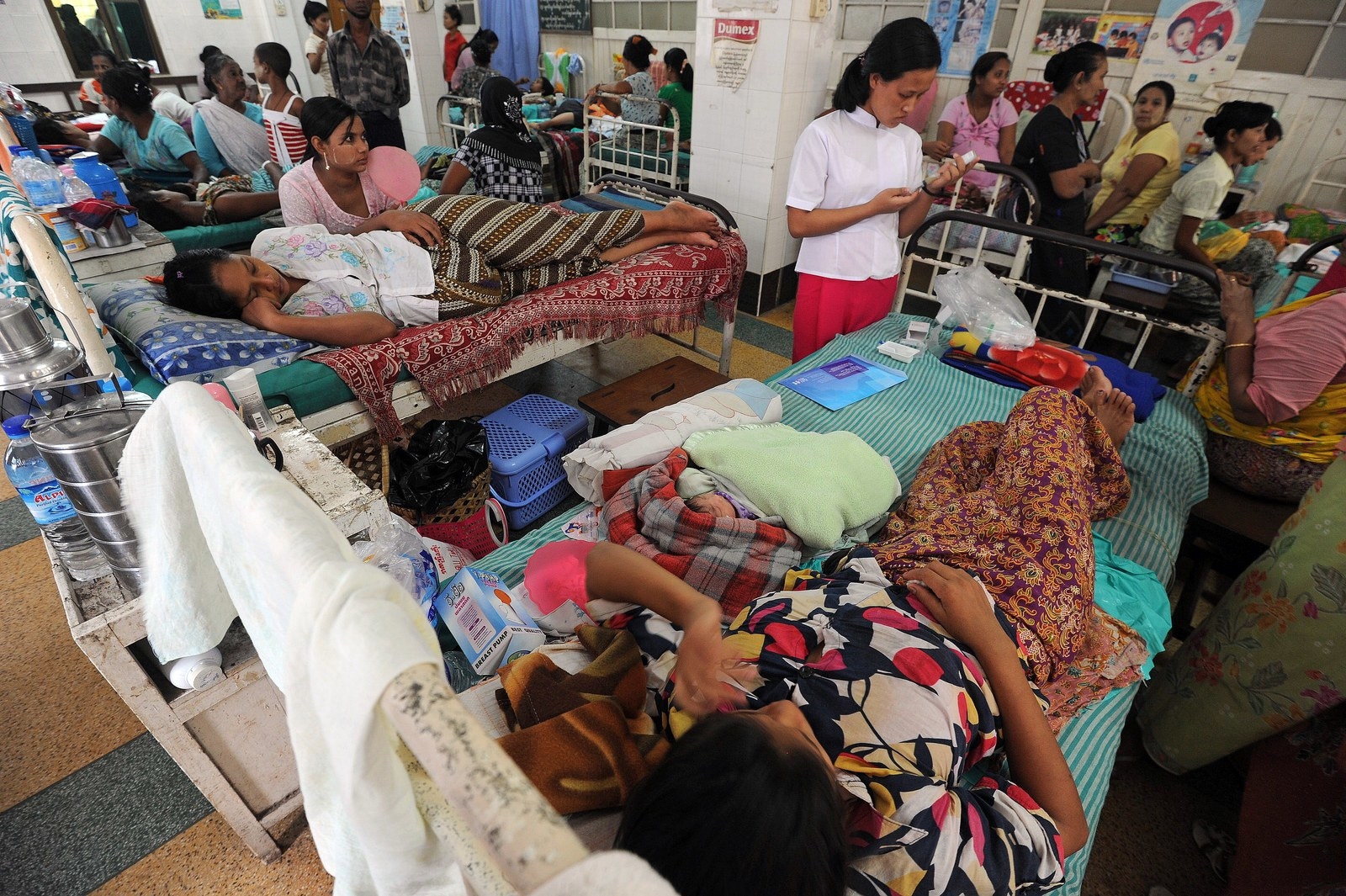
The WHO defines primary health care as the first point of contact people have with a health care system. Ideally, it should "provide comprehensive, affordable, community-based care throughout life," the WHO wrote, but this doesn't always happen. Inadequate primary health care is a big problem in many parts of the world, especially in mid- and low-income countries.
A health care system may be weak or neglected for many reasons, such as a lack of resources, poor infrastructure, or too much focus on single disease programs.
A strong primary health care system that can meet the majority of a person's needs is the cornerstone of universal health coverage, the WHO wrote. In 2019, the agency plans to strengthen and improve primary care in many countries.
10. Dengue fever, a mosquito-borne disease
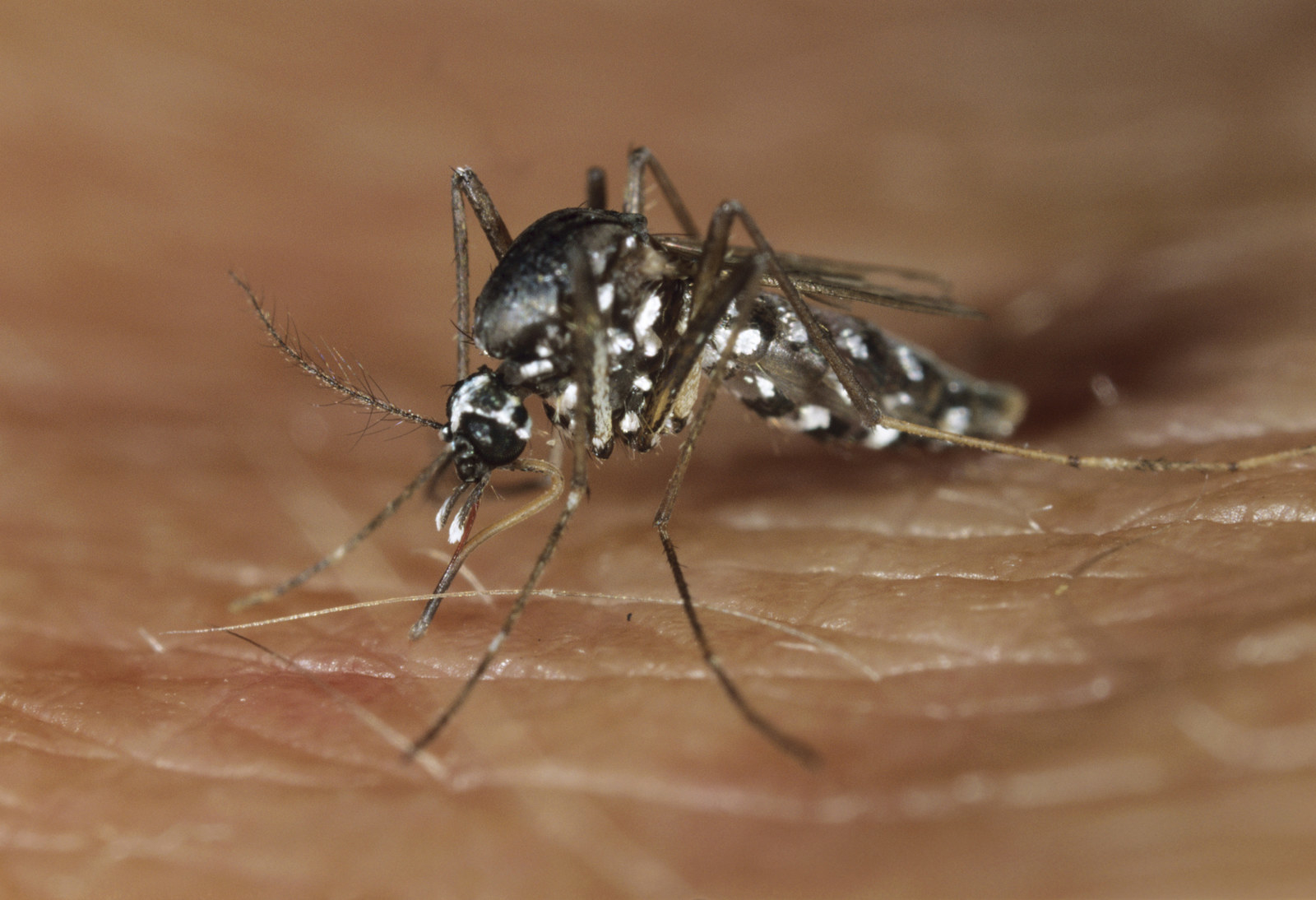
Dengue is a mosquito-borne viral disease that infects around 390 million people around the world each year, according to the WHO. It causes flulike symptoms with a fever, rash, and joint pain. There's no specific treatment or vaccine for dengue, but with supportive care can improve prognosis. In rare cases, dengue can become serious and lead to a condition called dengue hemorrhagic fever, which kills up to 20% of people affected.
Cases peak in countries like India and Bangladesh during the rainy season. As these seasons become longer, dengue is becoming more of a problem. In 2018, Bangladesh saw its deadliest season in two decades, the WHO wrote. In recent years, dengue has also spread from tropical areas to more temperate climates, such as Nepal, where it isn't traditionally seen.
The WHO aims to reduce deaths from dengue by 50% by 2020 with its global strategy for control and prevention.
